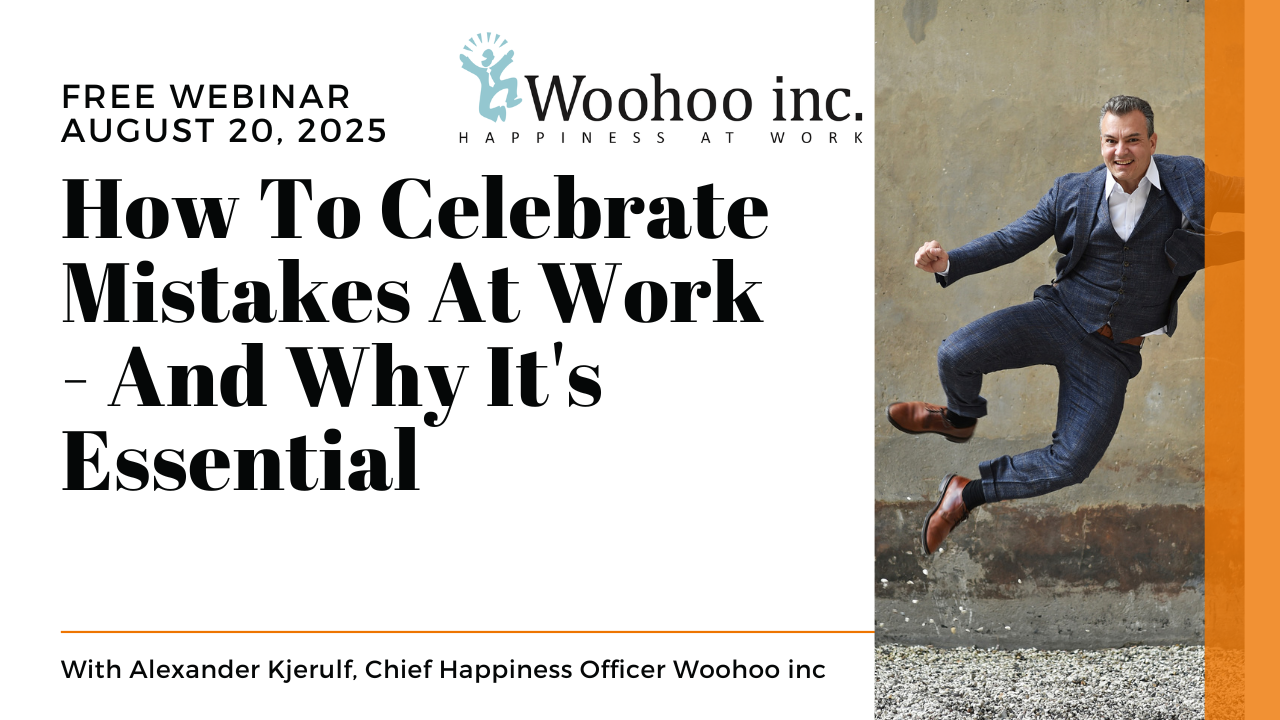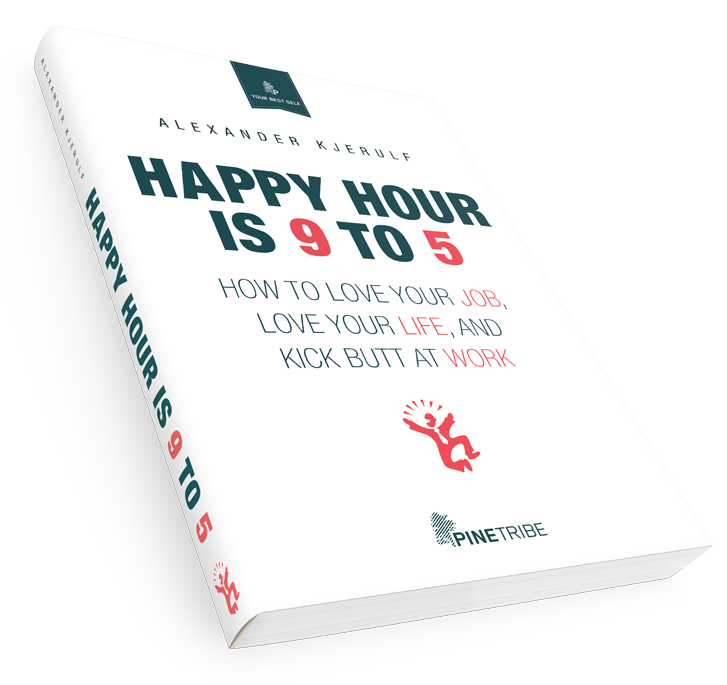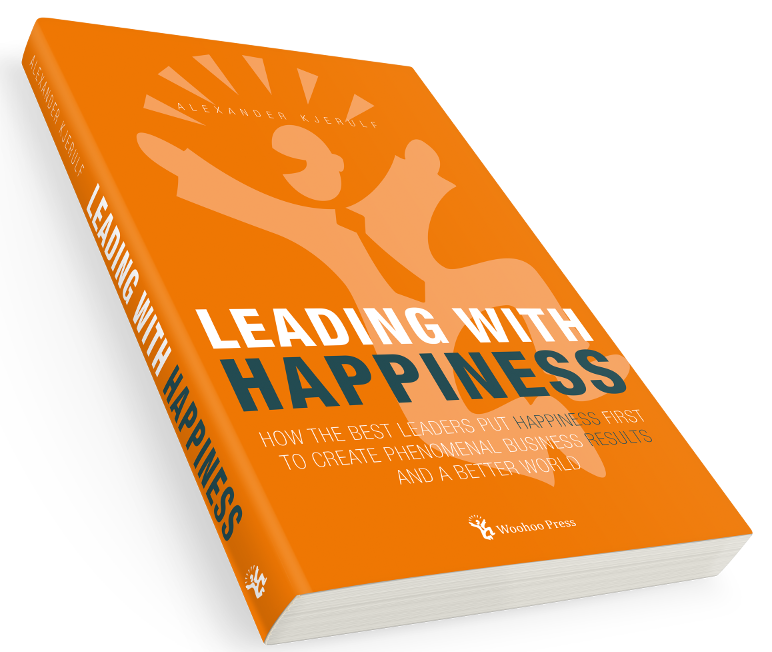 The Slow Leadership Blog has The Truth about Communication. Have you ever asked yourself why so many communications are “top down???? The answer is simple: because they are all about control.
The Slow Leadership Blog has The Truth about Communication. Have you ever asked yourself why so many communications are “top down???? The answer is simple: because they are all about control.
That’s a critical insight. I agree!
Negative people are bad four your brain – a classic from Kathy Sierra. The idea seems to be that “happy people” implies those who are oblivious to the realities of life, in a fantasy of their own creation, and without the ability to think critically. The science, however, suggests just the opposite.
Where did we ever get the idea, that negative people are somehow more realistic and smarter than positive people? In my opinion, it’s just way too easy to be negative and you can always criticize and shoot ideas down. Being positive and supportive demands more from a person.
And speaking of negative people, the world sucks, and the Helsinki Complaints Choir will tell you exactly how.



 Say, I’ve been hankering to read some good books about happiness at work.
Say, I’ve been hankering to read some good books about happiness at work. 
 Yesterday I finished the happy at work book, updating it according to all the
Yesterday I finished the happy at work book, updating it according to all the 

 A couple of
A couple of 


